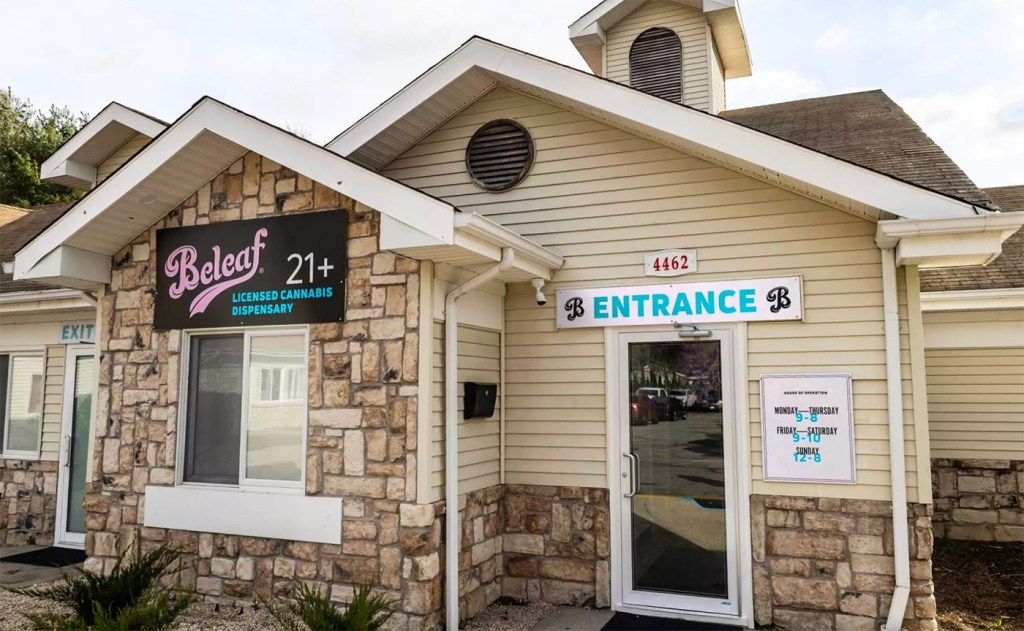African American Museum Opens in Southampton on Juneteenth
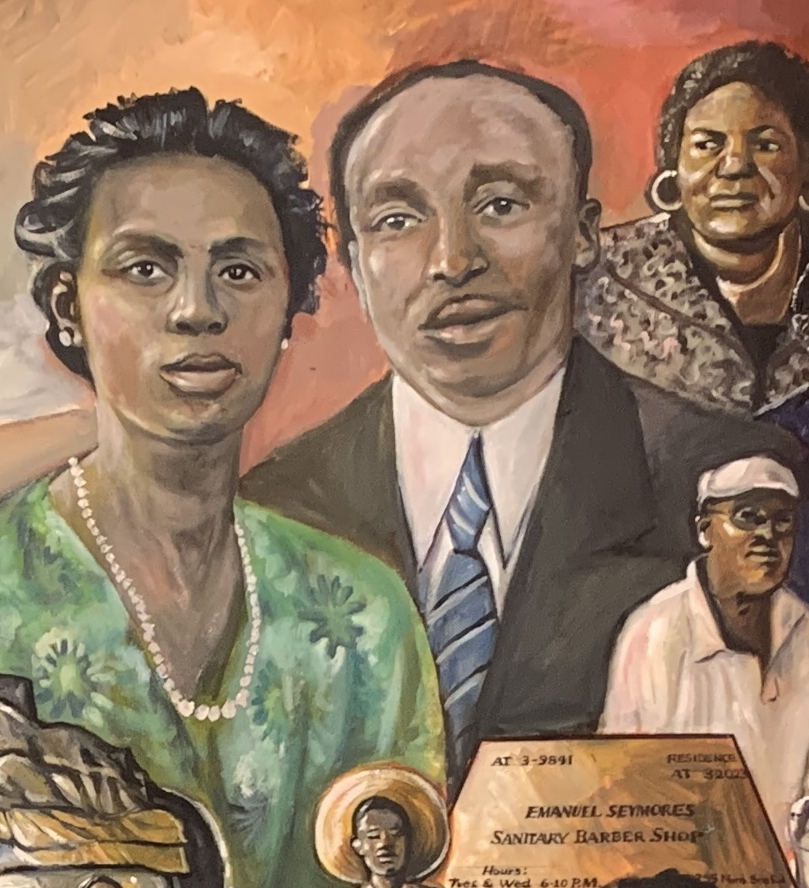
It’s been a long
A long time coming
But I know, a change gonna come. — Sam Cooke
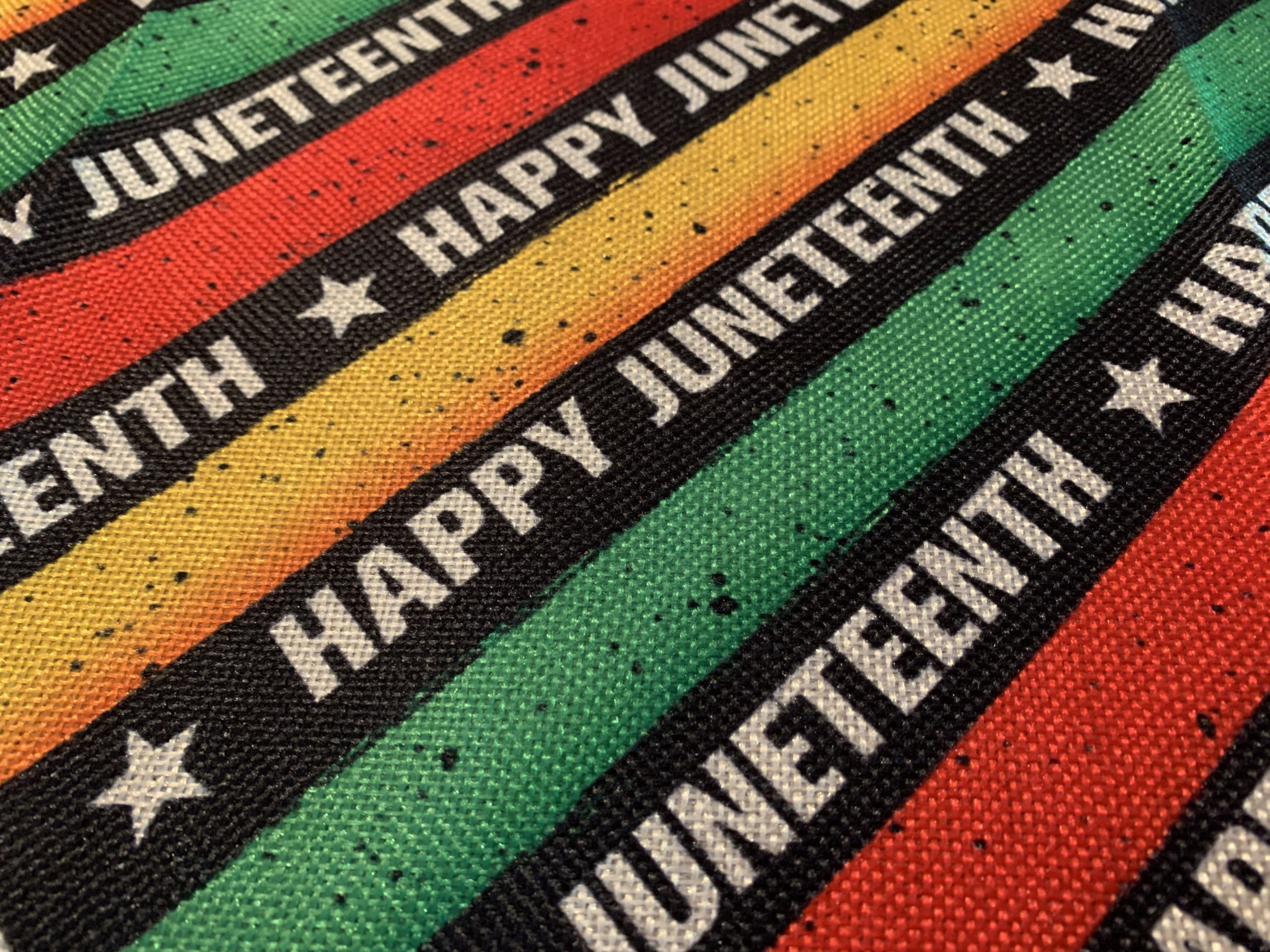
Brenda Simmons beams as she discussed the opening of the Southampton African American Museum on June 19, or Juneteenth. But there is also more than a twinge of exhaustion. As Sam Cooke says, it’s been a long time coming. But now, through stops and starts and more stops and more starts, the former barber shop and hair cutting salon on North Sea Road, known as Randy’s Barbershop and as a gathering spot for the black community over decades, will now open its doors to the public as a museum celebrating the African American community in the Hamptons.
Juneteenth recognizes the day that the last enslaved people were emancipated on June 19, 1865. For many, it is considered this country’s true Independence Day.
The barbershop and women’s haircutting salon had two different entrances — one for the men and one for the women. Simmons, executive director of SAAM, should know. Her aunt, Evelyn Baxter, ran the beauty shop, and Brenda spent a portion of her childhood hanging out there, answering phones, running to the diner around the corner for the employees, and has fond memories of the building and the people.
On one wall of the museum is a mural by Shinnecock artist David Bunn Martine, which memorializes many of the people who lived and worked and died here, including Simmons’s Aunt Evelyn, and her dad, Noah Simmons, who was the owner of the Cottage Inn in East Hampton, a juke joint visited in its day by luminaries like James Brown and the Lovin’ Spoonful.
Although the mural is officially being unveiled on June 18 at a VIP event prior to the opening, we were allowed to see a few images, including Emanuel Seymore, who, Simmons says, as she points, is “the most important person, right there.”
During the Great Migration in the 1940s, where many families of color moved left the southern states for the northern, Seymore ended up in Southampton.
“He purchased this land, and built this himself,” Simmons says, her voice filled with emotion. “I like to say he came here with a dream and a plan, and anointed hands.”
The small (by Hamptons standards) building sits on a lot that was purchased in 1952 by Seymore, who bought the property from Percy Kingsberry for $10.
“There’s a story there, I’m sure,” says Simmons with a smile.
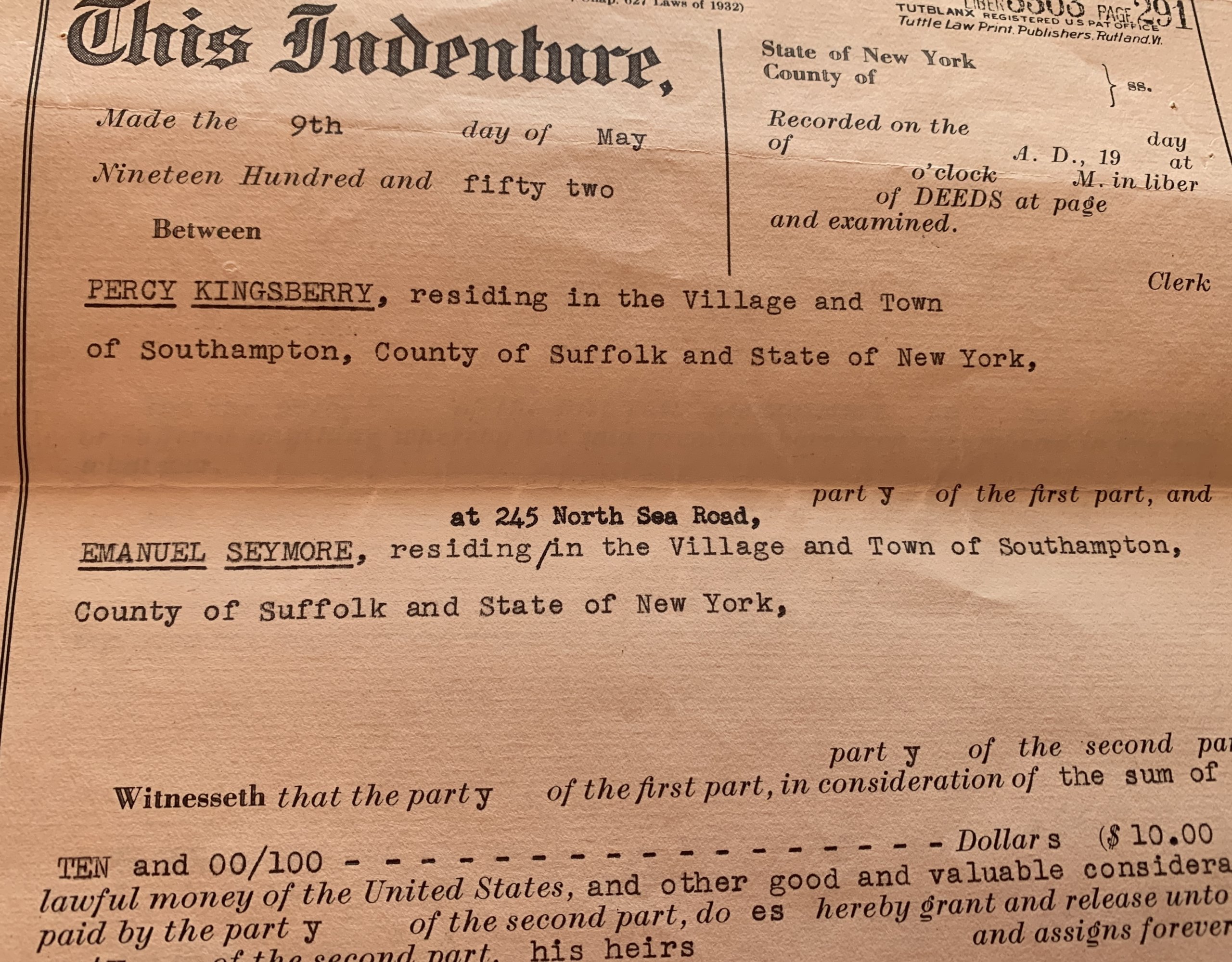
And the museum holds many stories and the rich history of the African American community in the Hamptons.
There’s Pyrrhus Concer (1814-1897), who, according to Taylor Vecsey in a previous article in Dan’s Papers “was born in Southampton on March 17, 1814 to his enslaved mother, Violet. Concer inherited her status as the property of Captain Nathan Cooper, who would sell him five years later to the Pelletreau family for $25 (equivalent to $513 today). When he was freed as an adult, he became a ‘greenie’ whaler and moved up the ranks to the vital role of boatsteerer.”
His portrait, as imagined by the artist Martine, depicts him as half-man, half-whale.
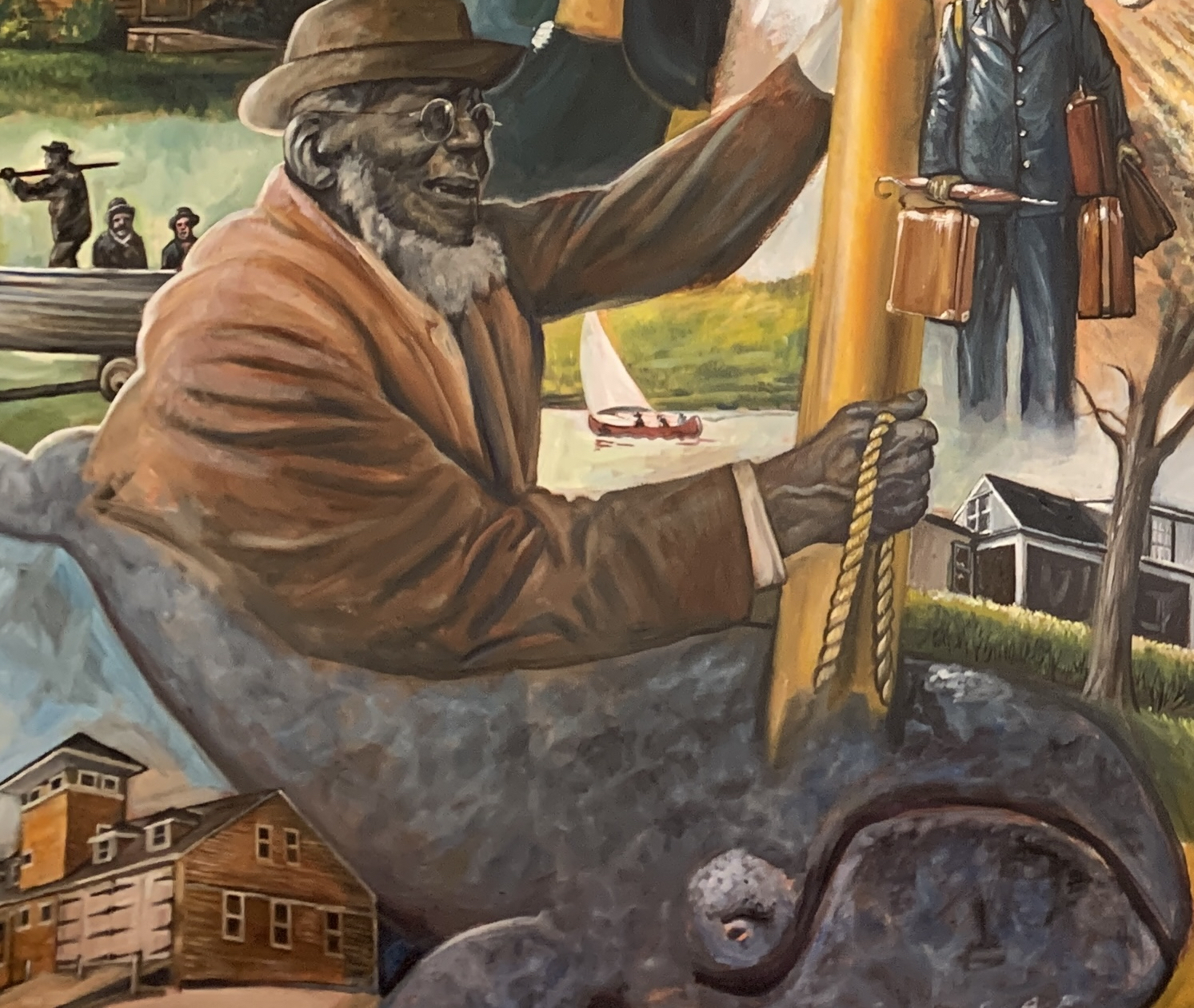
There is much to look at in the mural, including the more recent stories about Randy Conquest, who turned the property into the famed barbershop and who is painted into the mural more than once.
“In 1969, Conquest had the opportunity to open a shop in Southampton on Maple Avenue near the railroad station,” writes Valerie Bando-Meinken. “Randy’s Barbershop became the first African American barber shop in the community. The shop became a social meeting place as customers enjoyed its friendly, comfortable, and welcoming atmosphere.
“‘We had a lot of hangers-on,’ Conquest said. ‘They’d come in and get a haircut and share funny stories. One day, ‘Bub’ Seymour told us about the time Sugar Ray Robinson’s training guy couldn’t make it to the workout. They told Bub to get in the ring with Ray and Ray hit him so hard that he thought he’d never get up! We were never short of good stories.’”
And those stories, Simmons says, are being put on tape as well, for posterity.
In the meantime, the museum opens its doors with artifacts of all ages celebrating the African American community, including an art show curated by Peter Marino from his private collection, and a barbecue on the opening day.
“There’s so much more, and it took so much to get here” says Simmons, with emotion, then beaming again. “But it’s a good start.”
The Southampton African American Museum is located at 245 North Sea Road, Southampton. Learn more and make an appointment online to visit at saamuseum.org.



